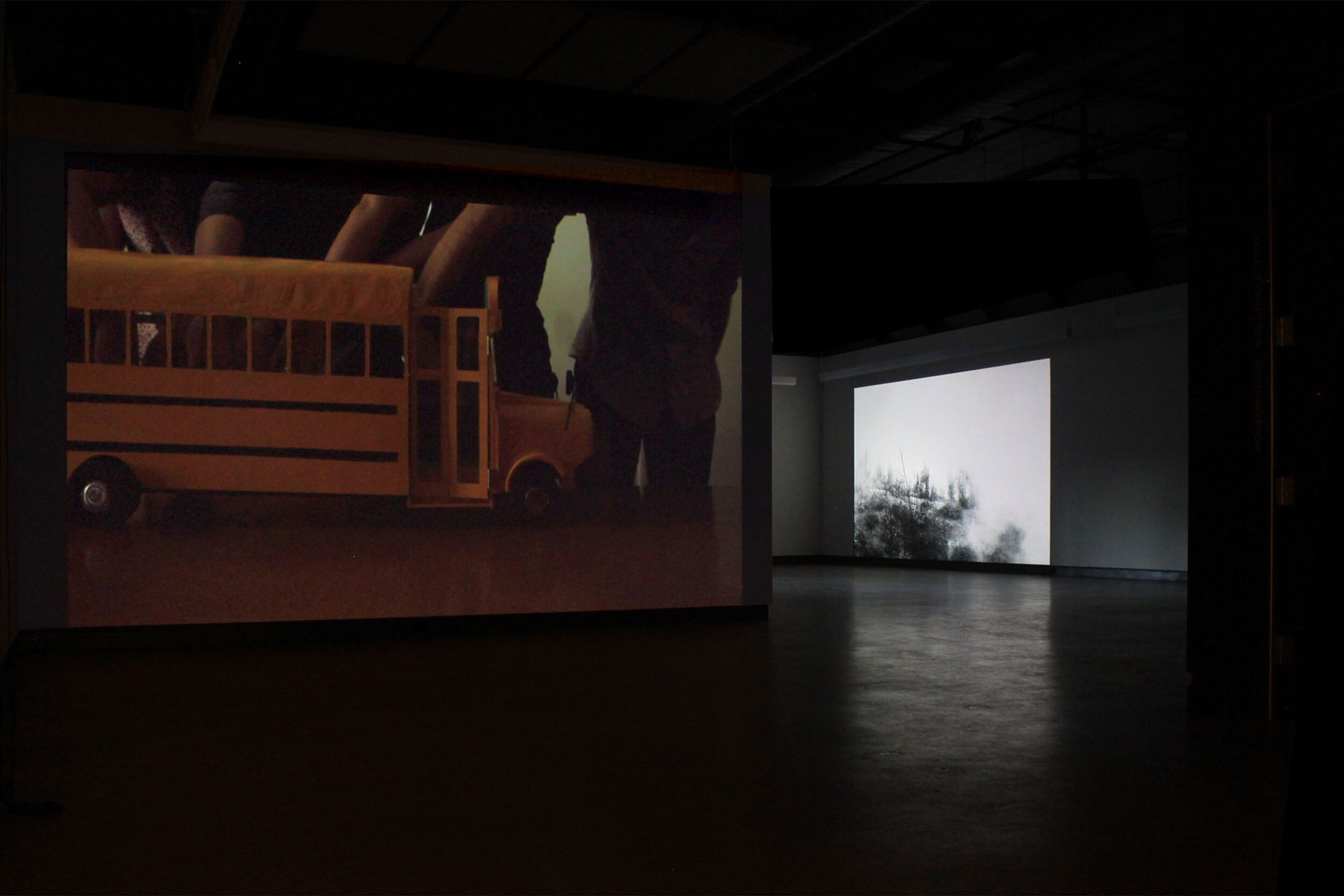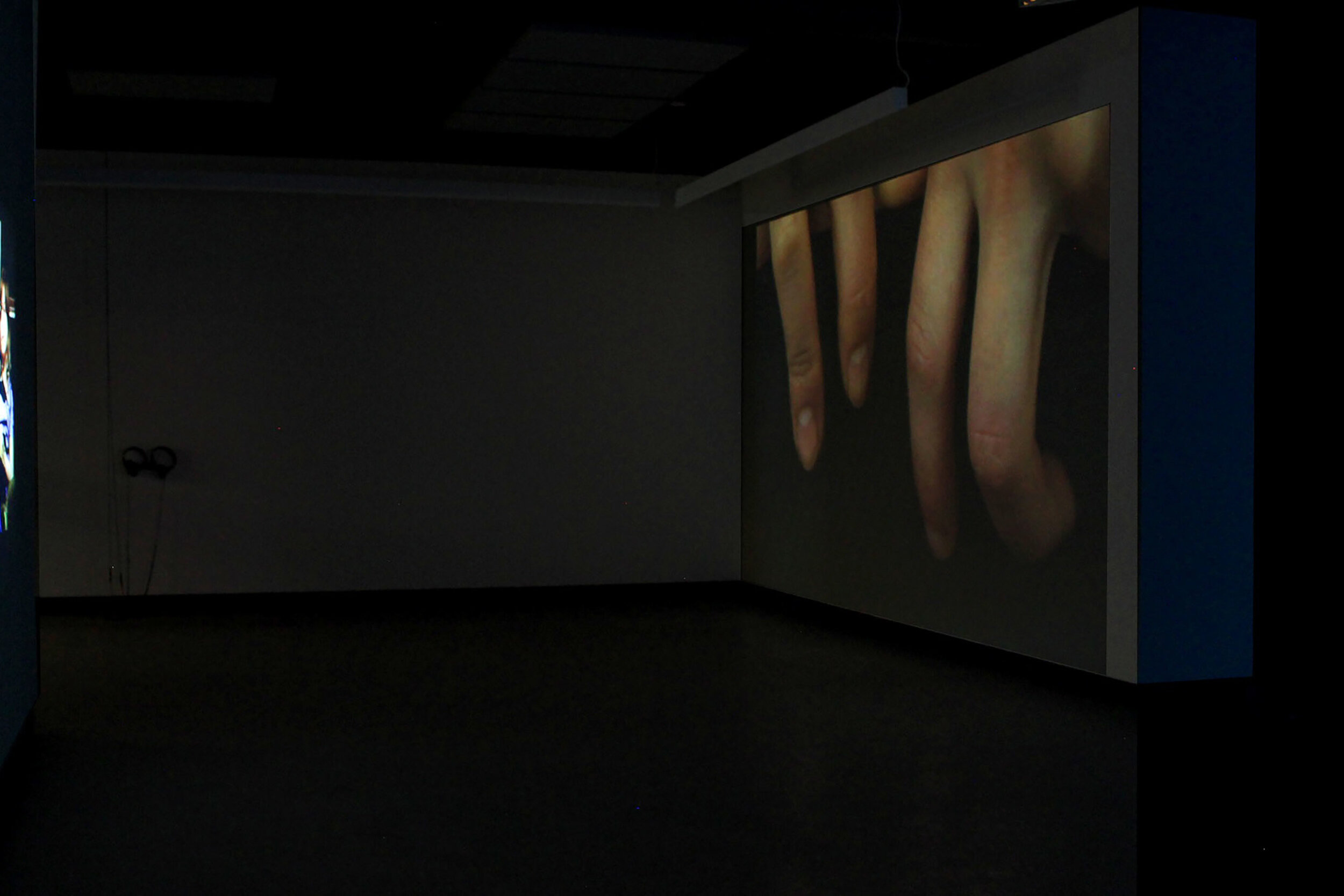Roberto Santaguida
From August 25 to October 8, 2016
Opening on September 8 from 5 pm
Production-dissemination residency in collaboration with PRIM
Initially, Dazibao was devoted exclusively to photography and shared the view that the image was defined by its documentary potential — as a way of understanding the world and, by extension, of acting upon it. This approach was quickly run through with a host of theoretical questions around the mechanisms for producing images and their uses. Artworks produced in this context, motivated more by the modus operandi of the image and its new video and digital forms, sometimes became almost completely devoid of any wish to engage in representation.
Far from the belief in a kind of failure of the image, and freed from this discourse around its status and nature, some artists are concerned mostly with what images can convey... or not. In a world obsessed with its representation, these works establish reception conditions and times that differ from media images and are driven by a desire to show in a new light events or stories which are normally glossed over or habitually removed from public scrutiny.
Ali El-Darsa, Gabriela Golder, Roberto Santaguida and Sandra Volny offer a few singular approaches to what could be a new wave in documentary. A form of documentary which would often work through accumulation, seeking a kind of truth by multiplying points of view and bringing together several ideas. F.C.
Roberto Santaguida was born in Montreal. Since completing his studies in Cinema at Concordia University, his films and videos have been shown at more than 250 festivals around the world, including CPH: DOX, Copenhagen International Documentary Film Festival (Denmark), Contemporary Art Festival Sesc_Videobrasil (Brazil), transmediale (Germany) and the Festival international du film Entrevues Belfort (France). He has also taken up artist residencies in numerous countries, including the United States, Romania, Germany, Norway and Australia. He is a recipient of the K.M. Hunter Artist Award, of a grant offered by the Akademie Schloss Solitude in Germany, and of the PRIM/DAZIBAO grant, which enabled him to create the project being presented in this exhibition.
In his work, Santaguida attempts to re-evaluate the traditions and codes of the documentary by making experimental films outside the accepted demarcations of objectivity and subjectivity. Whereas the viewer is normally immersed in a sense of expectation or anticipation, Santaguida seeks to bring to the forefront a sense of immediacy and intimacy. This feeling is especially reinforced by the mode of presenting his work, which breaks a wide screen down into a mosaic in order to cut up the narrative into multiple moments or parts.
In Peripheral Island, Santaguida examines the world but, in particular, gives prominence to the speech of others. These voices are left unaltered, but are orchestrated and combined with a very sophisticated musical score of the work of Bach, Beethoven and Vivaldi. Although it has a marked physical presence, his piece, which by virtue of its broken-up mode of presentation at times resembles a flashing light board, is especially captivating because of the thoughts expressed and the intimacy that arises as a result. The viewer feels him or herself in a state of physical and affective proximity to the work. To create Peripheral Island, Santaguida gathered a few of his close friends, but also strangers recruited because of their life experience and the diversity of points of view they could provide. He then asked all of them the same five questions. One of these questions had a greater impact than the others and gave rise to the liveliest responses: “When did you realise that one day you will die?”
Other exhibitions
Dazibao receives financial support from the Conseil des arts et des lettres du Québec, the Canada Council for the Arts, the Conseil des arts de Montréal, the ministère de la Culture et des Communications and the Ville de Montréal.






